Description
The DJI Zenmuse Z15-GH4 (HD) is a state-of-the-art 3-axis gimbal system specifically designed to elevate aerial cinematography and photography to new heights. Crafted with precision engineering, this gimbal is tailored for use with the Panasonic GH4 camera, delivering unparalleled stability and smoothness to every shot. With a control accuracy of ±0.02°, it ensures that even the most subtle movements are captured with impeccable clarity and smoothness, making it an ideal choice for professionals seeking cinematic quality footage from the skies.
Featuring advanced technology such as 360° continuous rotation on the pan axis, the Zenmuse Z15-GH4 (HD) allows for breathtaking panoramic shots and unlimited creative freedom. Its built-in slip ring prevents wire tangling, ensuring uninterrupted operation and longevity. The gimbal’s Auto Tune Stability (ATS) system automatically adjusts parameters for optimal performance, reducing setup time and allowing filmmakers to focus on their creative vision.
Precision Engineering for Stability: The Zenmuse Z15-GH4 (HD) offers unparalleled control accuracy of ±0.02°, ensuring ultra-smooth and stable footage that’s critical for producing professional-grade aerial cinematography. This level of precision minimizes unwanted vibrations and movement, allowing for crisp, clear imagery even during complex maneuvers.
360° Continuous Rotation: Featuring endless 360-degree rotation on the pan axis, this gimbal enables filmmakers to capture stunning panoramic shots without limits. This continuous rotation allows for dynamic storytelling and creative shot composition, ensuring that no angle is out of reach and every perspective is possible.
Auto Tune Stability (ATS): The ATS feature intelligently adjusts the gimbal’s parameters to perfectly match the camera and lens configuration, optimizing performance automatically. This simplifies the setup process, allowing operators to quickly achieve balanced and stable footage, reducing time spent on manual adjustments.
Integrated Slip Ring Technology: By incorporating a built-in slip ring, the Zenmuse Z15-GH4 (HD) prevents wire tangling and ensures smooth, unrestricted movement across all axes. This innovative design enhances operational efficiency and extends the lifespan of the gimbal by reducing wear and tear on cables.
Advanced Thermal Design: Designed to perform reliably in diverse environmental conditions, the gimbal operates effectively across a broad temperature range. This ensures consistent, high-quality performance whether shooting in the heat of summer or the cold of winter, providing flexibility for year-round aerial cinematography.
Versatile Compatibility: Specifically engineered for the Panasonic GH4, the gimbal also offers seamless integration with DJI’s professional drones, including the S1000 and S900. This compatibility ensures a streamlined workflow, allowing aerial cinematographers to focus on capturing breathtaking footage with ease.
Customizable Settings via DJI Assistant Software: Through the DJI Assistant software, users can access advanced customization options for the gimbal, including fine-tuning settings, updating firmware, and system calibration. This level of control allows operators to tailor the gimbal’s performance to meet specific shooting requirements, enhancing creative freedom.
Lightweight and Durable Construction: Constructed with high-quality materials, the Zenmuse Z15-GH4 (HD) strikes the perfect balance between durability and lightweight design. This ensures that drones can carry the gimbal and camera setup for extended periods, maximizing flight times without sacrificing the quality of footage.
Remote Control Options: The gimbal offers comprehensive control options, enabling remote adjustments of the camera’s pitch, roll, and yaw during flight. This flexibility allows operators to fine-tune shot composition from the ground, providing complete control over the aerial cinematography process.
HDMI-AV/HD Output: Equipped with an HDMI-AV/HD output, the gimbal facilitates a live HD video feed from the camera to an external monitor or FPV goggles. This feature is invaluable for framing shots in real-time, ensuring operators can capture the desired footage with precision and confidence.
Specifications
Supported Lens
Olympus M.ZUIKO DIGITAL ED 12mm f/2.0 Lens
Warning! Using other lenses may damage the servo motors
Control Requirements
At least four spare receiver channels (or use dedicated transmitter for two person operation)
Software Requirements
For Assistant Software: Windows 8, 7, XP SP3 — 32 or 64-bit
Working Current
Static Current: 200 mA at 25 V
Dynamic Current: 400 mA at 25 V
Locked-Rotor Current: 4 A at 25 V
GCU BEC Output
10 A at 12 V
Transmit Power
GCU Wireless Video Transmission: 1 A at 12 V
Controlled Angle Accuracy
±0.05°
Maximum Controlled Rotation Speed
Pan Axis: ±130°/s
Tilt Axis: ±130°/s
Roll Axis ±30°/s
Controlled Rotation Range
Pan Axis Control: ±360°
Tilt Axis Control: +50° / -140°
Roll Axis Control: ±40°
Power Requirements
GCU: 4S to 12 S lithium polymer (6S recommended for S800 EVO and S1000)
Operating Temperature
14 to 122°F / -10 to 50°C
Dimensions
GCU: 2.5 x 1.4 x 0.8″ / 64.2 x 34.1 x 19.5 mm
Weight
Gimbal: 2.7 lb / 1.2 kg
GCU: 2.2 oz / 63 g
FAQs for DJI ZENMUSE Z15-GH4 (HD)
1. What cameras are compatible with the DJI ZENMUSE Z15-GH4 (HD)?
The DJI ZENMUSE Z15-GH4 (HD) is specifically designed for compatibility with the Panasonic GH4 and GH3 cameras. It is optimized to work seamlessly with these camera models, ensuring stable and smooth aerial footage.
2. Can I use lenses other than the Panasonic lenses with the GH4 on the Z15-GH4 gimbal?
The Z15-GH4 gimbal is calibrated for specific lens and camera combinations to ensure optimal stability and performance. For the best results, use the Panasonic lenses recommended by DJI, such as the Lumix G 14-42mm or the Lumix G 20mm. Using other lenses may affect the gimbal’s performance and require additional balancing.
3. How do I balance my camera on the Z15-GH4 gimbal?
Balancing your camera on the Z15-GH4 gimbal involves adjusting the tilt, roll, and pan axes to ensure that the camera stays level and stable. The process includes mounting the camera, adjusting the balance weights, and fine-tuning each axis. Detailed instructions can be found in the user manual or DJI’s tutorial videos.
4. What are the power requirements for the Z15-GH4 gimbal?
The Z15-GH4 gimbal can be powered using the DJI S900, S1000, or Matrice 600 series drones. It requires a power supply of 3S6S LiPo (11.1V22.2V). Always ensure that your power source is compatible and properly connected to avoid damage to the gimbal or camera.
5. How do I update the firmware on my Z15-GH4 gimbal?
To update the firmware on your Z15-GH4 gimbal, download the latest firmware package from the DJI website. Connect your gimbal to a computer using a USB cable, and use the DJI Assistant software to upload the new firmware. Follow the on-screen instructions carefully to complete the update.
6. What flight controllers are compatible with the Z15-GH4 gimbal?
The Z15-GH4 gimbal is compatible with DJI flight controllers like the A2, WooKong-M, and Naza-M. These controllers provide seamless integration and control over the gimbal’s movements during flight.
7. Can I control the camera settings remotely when it’s mounted on the Z15-GH4 gimbal?
Yes, you can control the camera settings remotely using the DJI Lightbridge or DJI GO app, depending on your setup. This includes adjustments to ISO, shutter speed, and other camera settings, providing you with the flexibility to adapt to different shooting conditions while in flight.
8. How do I calibrate the Z15-GH4 gimbal?
Calibration of the Z15-GH4 gimbal involves using the DJI Assistant software. Connect the gimbal to your computer, and follow the calibration procedure outlined in the software. This process ensures that the gimbal’s sensors are accurately aligned for optimal performance.
9. What is the maximum weight the Z15-GH4 gimbal can support?
The Z15-GH4 gimbal is designed to support a maximum payload of approximately 1.8 kg, including the camera and lens. It’s important to not exceed this weight limit to ensure the gimbal’s stability and functionality.
10. How do I troubleshoot connection issues between the gimbal and my drone?
If you’re experiencing connection issues between the gimbal and your drone, ensure that all cables are securely connected and that the firmware on both the gimbal and the drone is up to date. Check the DJI forums and support pages for specific troubleshooting steps related to your drone model and gimbal.
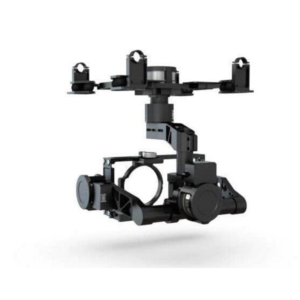








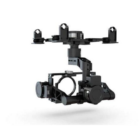
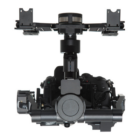
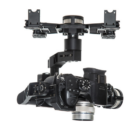
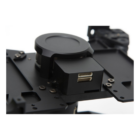
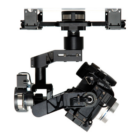
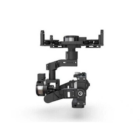
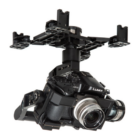

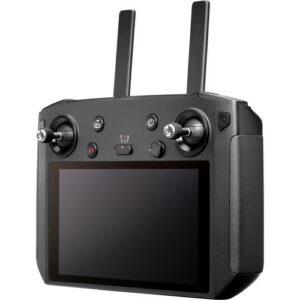

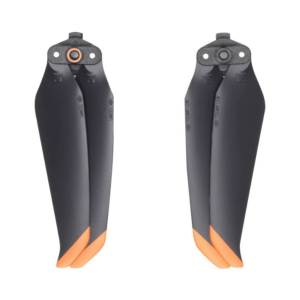

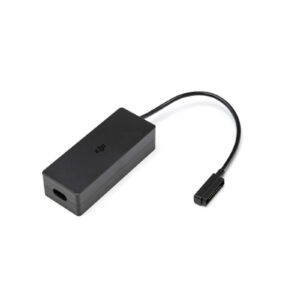

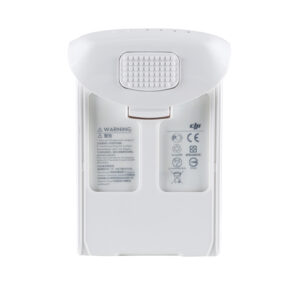

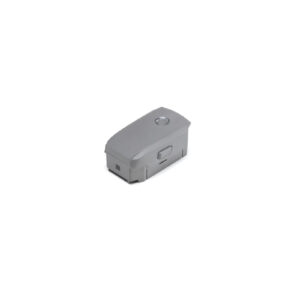

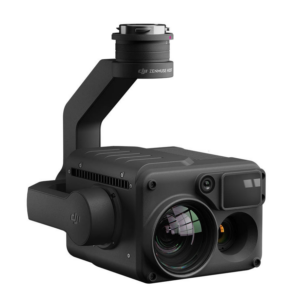

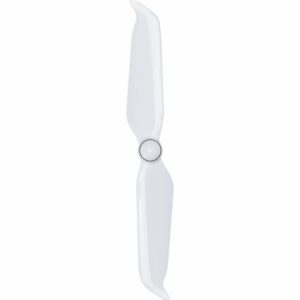



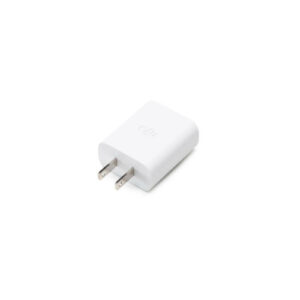



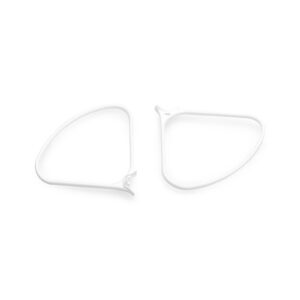

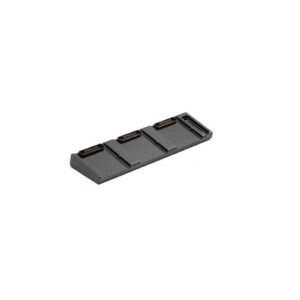

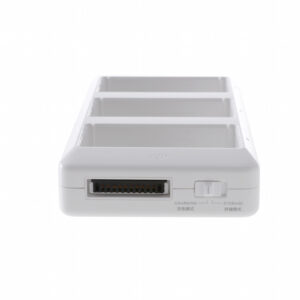

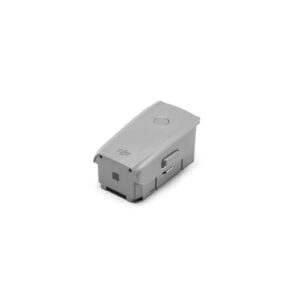


There are no reviews yet.